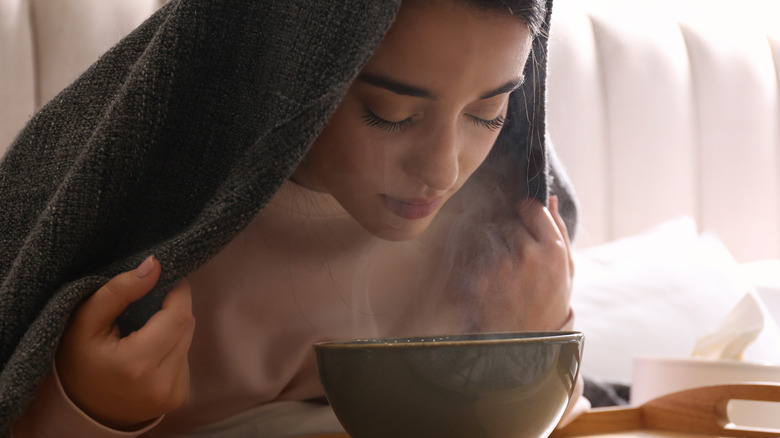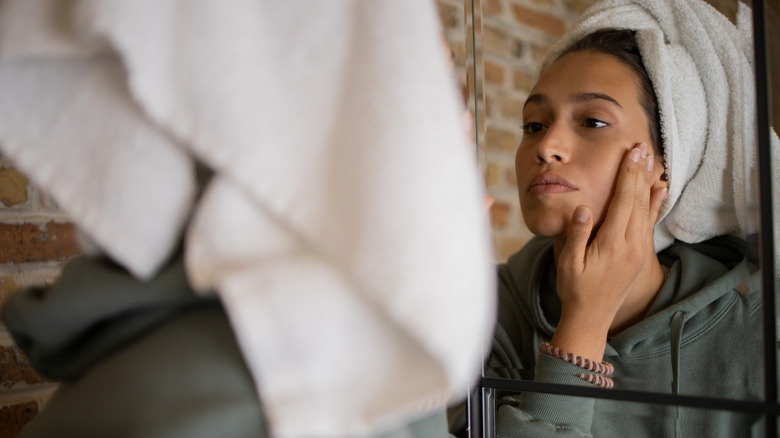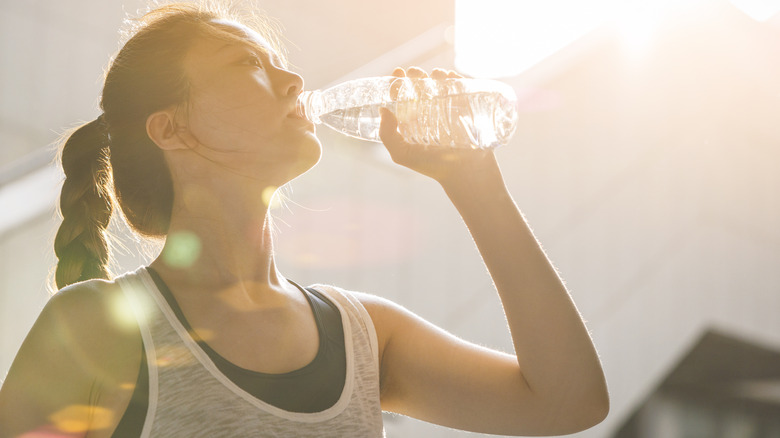Let's Be Real – Does Facial Steaming Actually Do Anything?
Anyone who has enjoyed sitting in a sauna or steam room knows that it feels like an indulgent and luxurious treat for the whole body. It's relaxing, and the heat increases your circulation, bringing oxygen throughout your system. Think of facial steaming as an at-home mini-spa treatment — a luxurious few minutes to beautify your face.
It can be a pleasant experience, especially when you make sure your face is not too close to the steam and you add a few drops of your favorite aromatherapy oil. But we do wonder if facial steaming is a necessary part of a regular beauty regimen, who it's good for, and who should not be steaming their face. Although there is a common opinion that occasional steaming can help open the skin to remove blackheads more easily, there are opposing views as well. And if blackheads are a particular concern for you, your pore strips aren't your best blackhead defense either (but we do have some recommendations).
What facial steaming is good for
In case facial steaming is a new concept for you, it involves boiling water, putting it into a heat-proof bowl, possibly adding an essential oil if that's your preference, then draping a towel over your head and the sides of the bowl to keep the steam in. Five to ten minutes is fine, but don't steam past 20 minutes. Those with oily skin may steam twice or three times weekly.
Steaming will open your pores, but rather than extracting blackheads afterward with your fingers, it's safer to use a looped extraction tool or better yet, work with an aesthetician or dermatologist. Steaming helps release sebum, the oil which, when combined with bacteria, causes acne, and steaming helps to prevent new pimples from forming. It also increases blood circulation, which oxygenates your face. Steaming is hydrating for the skin and a good prep before buttering your face with your favorite serum or moisturizer.
What steaming doesn't help — and is it necessary?
If you're a trend hopper, you don't have to jump on this one to be in the in-crowd — steaming is just not necessary, though you may find it a delightful self-care activity. As for suggestions that facial steaming is hydrating, which the Cleveland Clinic also suggests is true, Dr. Vanita Rattan on her YouTube channel disagrees. She says, "You have more transepidermal water loss — more water's actually evaporating from your skin." Drinking enough water every day and eating water-rich vegetables is enough to keep ourselves fully hydrated.
People with eczema, rosacea, and melasma should not use a facial steamer because it can exacerbate the condition. Those with sensitive skin will find the reddening from dilated blood vessels unpleasant, as will anyone prone to redness. If you're curious about steaming because acne is a recurring issue for you, acne neutrality might be the radical self-love practice for skin acceptance that can soften your urge to go to extremes to "fix" everything.


